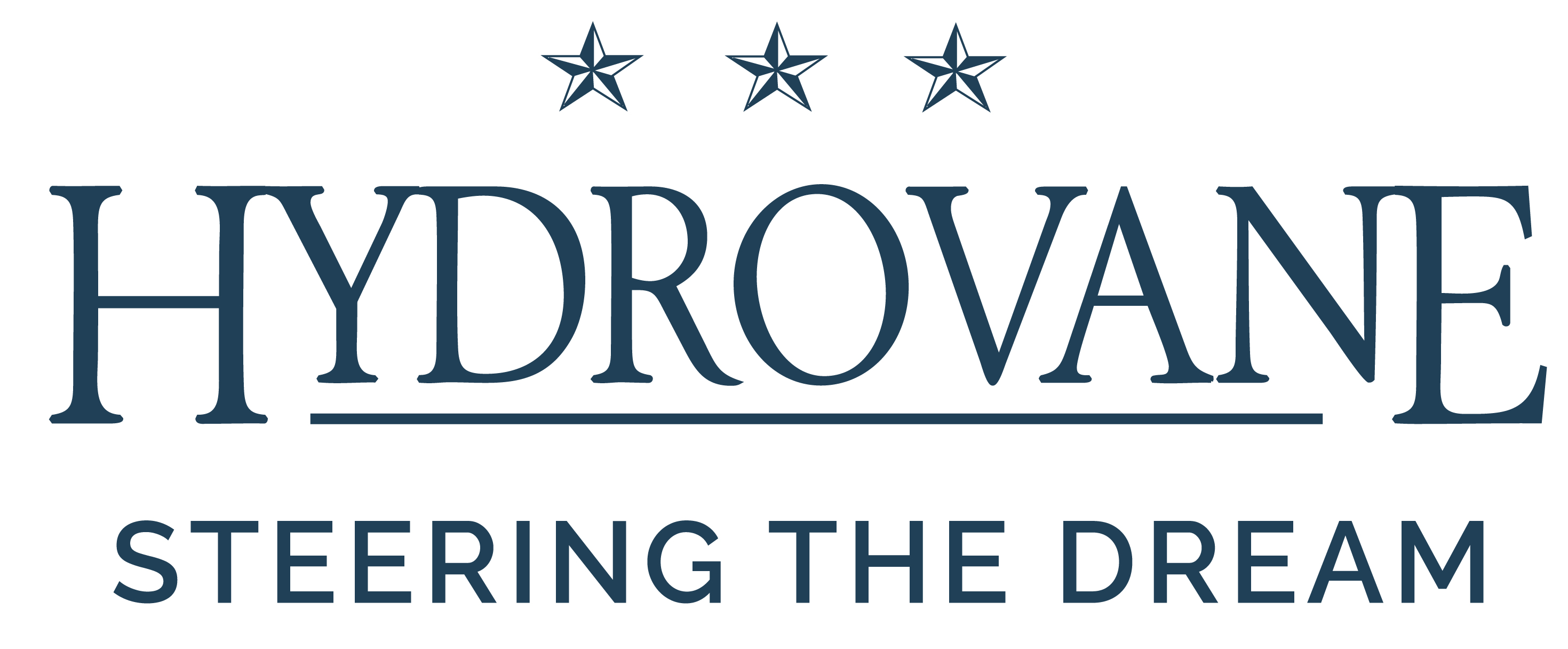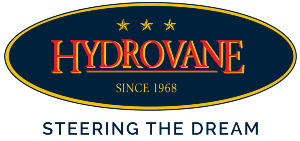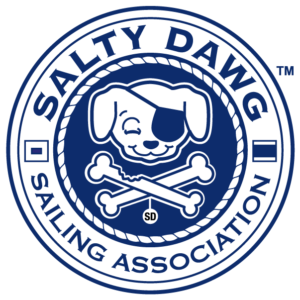| Hydorvane: An Interview with the Curry's |
|
Diane MacDonald-Mackenzie talked to Sarah and Will Curry, owners of Hydrovane Please share a bit about the History of Hydrovane Hydrovane was one of the first commercialized self steering windvanes on the market in the late 1960’s. British engineer Derek Daniels spent two decades developing the system, and it quickly gained recognition in England and Europe for its clever engineering and robustness. Various models culminated in the VXA2 Model that is still manufactured today and continues to be developed to steer bigger and heavier monohulls and catamarans (ie, modern cruising boats). Hydrovane is a family business - tell us what inspired the purchase of the company. Who in the family is currently involved? The Curry family have owned and operated Hydrovane since 2002. The purchase of Hydrovane from Derek Daniels came about fortuitously. John and Karen Curry were outfitting a Spencer 44 for extended cruising and enquired about parts for a Hydrovane. They discovered that the business was for sale. Instead of going sailing again, they jumped at the opportunity to take over this exciting marine business. Son Will Curry joined in 2004 and Sarah Curry (Will’s wife) joined in 2011. Hydrovane continues to be manufactured in England with sales and customer support provided by the team in our Canadian office (or from a cockpit somewhere). Hydro vane is both a self-steering system and an emergency rudder - can you expound on that a bit? Hydrovane is an auxiliary rudder self steering system which means that it uses its own rudder to steer your boat. You set the vane at an angle to the wind. As the boat falls off course, the wind drives the large vane over, which in turn acts through a sophisticated linkage to move the Hydrovane rudder and bring you back on course. Your main rudder is locked off, making for a more comfortable ride. With a Hydrovane your boat now has two complete, independent, steering systems. Should you experience a failure with your main rudder, the quadrant, the steering cables, etc., the Hydrovane can steer you back to port safely. What sets Hydrovane apart from other self-steering systems?
In closing - I know you, Will and your family are avid cruisers - where are you now and what are your plans down the road? We are avid cruisers too! Will grew up sailing and I, Sarah, bought into the cruising dream long before I knew anything about boats or Hydrovanes. We’ve been cruising together for ten years now, working remotely, and raising our twin boys as crew since they were born in 2019. We sailed our first two boats in the Pacific, and our most recent vessel, a Leopard 46 catamaran, is currently laid up in Greece for the winter. We have plans to sail through the Mediterranean and across the Atlantic in 2024, keeping up with Hydrovane and ‘boat school’ along the way.
|




